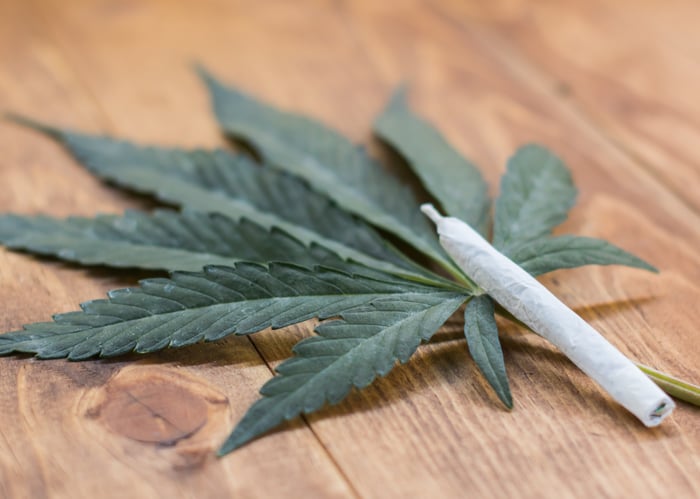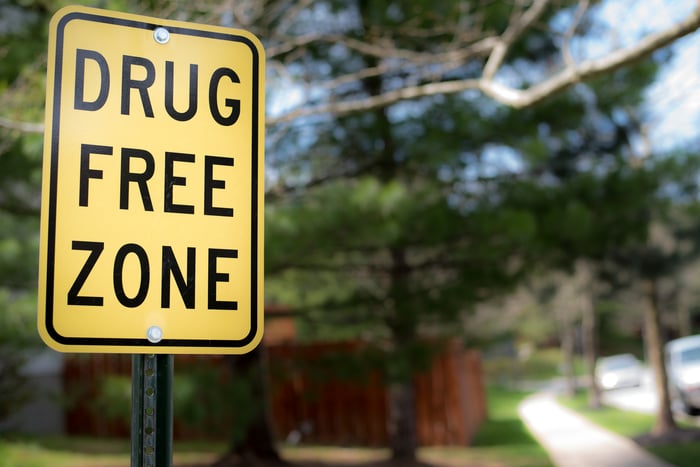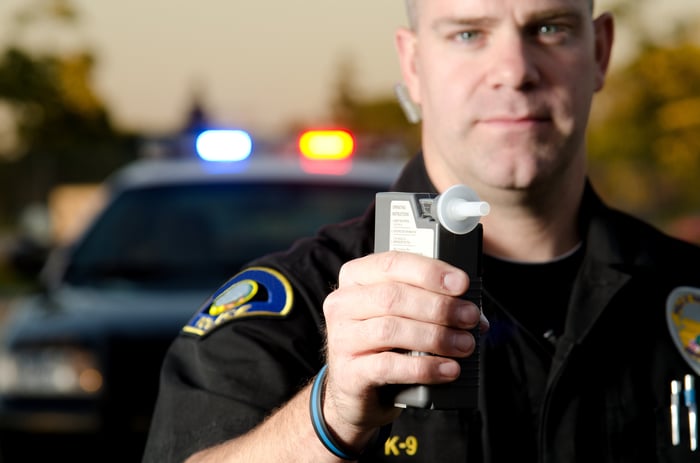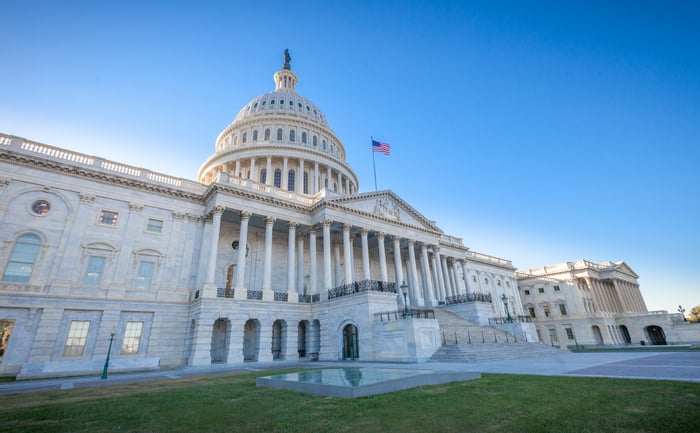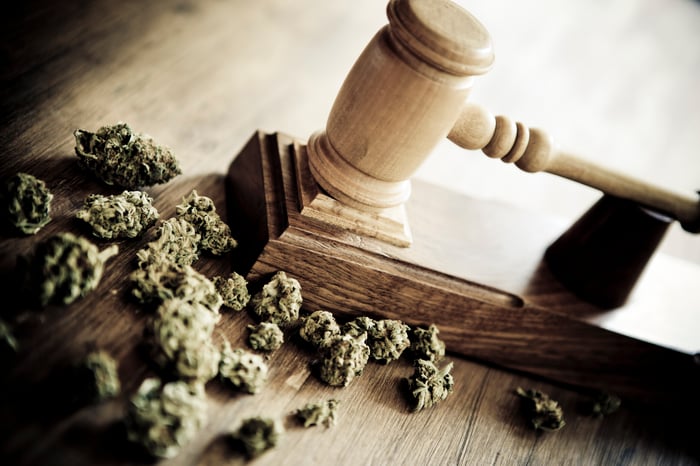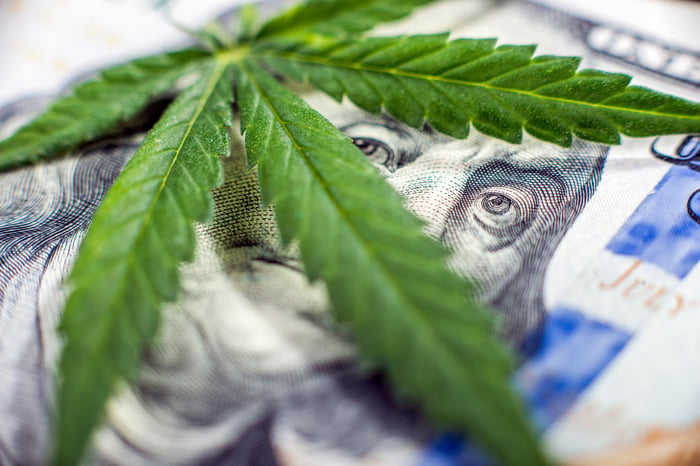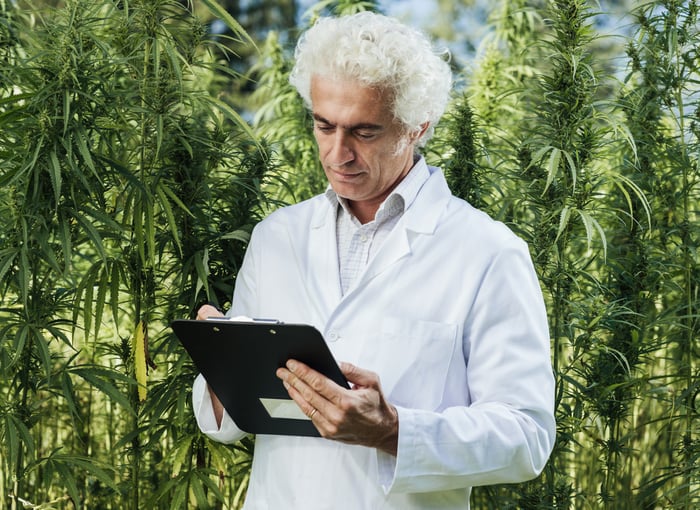The REAL Reason the Government Wants to Keep it Banned
Health Impact News
“Cannabis” refers to the plant that is commonly called “marijuana.” The two terms are often used interchangeably. However, “cannabis” is the historical name that has been used in the medical literature.
While public sentiments towards marijuana have recently changed to the point where two states have now voted to make it legal for recreational use, few people understand the actual history of cannabis as a medical plant in the United States, and how it came to be classified as an illegal drug. It is crucial to understand this history in order to fully understand what is happening at the state and national level with regards to both medical cannabis and recreational marijuana.
So for purposes of definition, we will use the term “cannabis” for the medical plant, and “marijuana” for the recreational varieties of this plant that have flourished in the U.S., whether legal or not. Just like many other foods or herbs that are usually lumped together as a single entity, the definition of the term “marijuana” is almost meaningless without understanding the numerous varieties and forms of marijuana that exist in the market today.
Cannabis Has Documented Historical Healing Benefits
Medical cannabis can be used to alleviate suffering from a wide variety of health conditions. It can stop the progression of diseases without producing debilitating side effects, and can even be part of a cure for some life threatening diseases.
“Scientific research has shown that CBD (cannabidiol a component of the marijuana plant) may be therapeutic for many conditions, including (but not limited to)
chronic pain, cancer, anxiety, diabetes, epilepsy, rheumatoid arthritis, PTSD, sleep disorders, alcoholism, cardiovascular disease, antibiotic-resistant infections, and various neurological ailments.”1
This should be good news for those who have health conditions that are not being helped by conventional pharmaceuticals or for those who wish to avoid the side effects of pharmaceutical drugs, but it is bad news if you don’t live in a state where medical cannabis is available to you.
PBS also interviewed an Oncology physician who has studied cannabis and states that it contains: “anti-inflammatory, antioxidant, and probably anti-cancer compounds in it.” He prescribes cannabis for his cancer patients for “their loss of appetite, nausea, pain, depression, and insomnia.” He says this one drug, “marijuana,” can replace 5 prescription drugs.
The video by PBS will also show that although the pharmaceutical industry is trying to convince people cannabis/marijuana is “untested” or even dangerous, major pharmaceutical companies have already filed many patents on synthetic versions of the Cannabinoids found in marijuana for a variety of diseases, including cancer.
Matt Figi, a Green Beret and father, found a video
online of a California boy whose Dravet was being successfully treated with cannabis. The strain was low in tetrahydrocannabinol, or THC, the compound in marijuana that’s psychoactive. It was also high in
cannabidiol, or CBD, which has medicinal properties but no psychoactivity. Scientists think the
CBD quiets the excessive electrical and chemical activity in the brain that causes seizures. It had worked in this boy, as his parents saw a major reduction in the boy’s seizures.
The Historical Uses of Cannabis as a Medicinal Plant
Let’s take a look at a few of the historical events that led to the removal of cannabis from the medical care system in the United States, and the players that continue to work against the use of cannabis for medical purposes. In old western cowboy movies you could always distinguish the good guys from the bad guys by the color of their hats. The good guys wore white hats and the bad guys wore black hats. As you read the remainder of this article, we encourage you to consider who are the good guys that wear the white hats of health promotion and human compassion, and who are wearing the black hats of self-interest and corporate greed.
Physicians Prescribed Cannabis in the 19th Century – Origins of the FDA
Information in the next series of paragraphs was taken from the extensive detailed history of cannabis that is available on the
ProCon.org website. You may wish to browse the nearly 5,000 year history that is shown on this timeline to learn more:
Historical Timeline – Medical Marijuana – ProCon.org.
Cannabis was a commonly used legal medication that was part of the set of medications used by physicians in the 1800s. Physicians wore the white hats, because they were independently assisting their patients with their health concerns. Physicians did not operate under the control of institutions and corporations and were free to make independent decisions regarding patient care and the use of medications.
“By 1850, marijuana had made its way into the United States Pharmacopeia [an official public standards-setting authority for all
prescription and over-the counter medicines], which listed marijuana as treatment for numerous afflictions, including: neuralgia, tetanus, typhus, cholera, rabies, dysentery, alcoholism, opiate addiction, anthrax, leprosy, incontinence, gout, convulsive disorders, tonsillitis, insanity, excessive menstrual bleeding, and uterine bleeding, among others. Patented marijuana tinctures were sold…”11
In 1906, President Roosevelt signed the Food and Drugs Act. This law regulated medications by requiring accurate labeling. Manufacturers of medicine containing “alcohol, morphine, opium, cocaine, heroin, alpha or beta eucaine, chloroform, cannabis indica, chloral hydrate, or acetanilide, or any derivative or preparation of any such substances…”12 were required to disclose this fact on the label.
Part of the goal of this act was to help the consumer avoid purchasing tonics and elixirs that contained no active ingredients other than alcohol, and to inform consumers of the actual ingredients that were present so that people would be aware of the potentially addictive substances that they were taking. This law was landmark legislation because it required product disclosure, so that physicians and consumers could make informed decisions about the medicines they were using or recommending.
This legislation was passed in response to the strong leadership of Dr. Harvey Wiley, MD, who was the first commissioner of the United States Food and Drug Administration. White hats go to President Roosevelt, Congress, and of course to Dr. Wiley for their positive efforts to protect the health of the public. Yes, believe it or not, at one point the FDA was one the “good guys.”
The Advent of the Pharmaceutical Industry and Attacks on Cannabis
Let’s now identify the groups that are working behind the scenes to prevent medical cannabis from being used in the United States to treat health conditions. Let’s find out who is working to keep it locked up.
During the twenty years that followed the passage of the 1906 Food and Drugs Act, ten states made cannabis illegal.13 During those same years, the US government was researching the cultivation of cannabis.
“Finally, in 1913, the U.S. Department of Agriculture, Bureau of Plant Industry, announced it had succeeded in growing domestic cannabis of equal quality to the Indian. When foreign supplies were interrupted by World War I, the United States became self-sufficient in cannabis. By 1918, some 60,000 pounds were being produced annually, all from pharmaceutical farms east of the Mississippi.”14
In 1925, there was an international movement to regulate cannabis. Why did the League of Nations take up this policy matter in 1925? Who was the real beneficiary?
“At the Second Opium Conference and the International Opium Convention, sponsored by the League of Nations and signed in Geneva on Feb. 19, 1925, Egypt proposes that hashish (cannabis resin) be added to the list of narcotics covered by the convention. … The convention authorizes the use of “Indian hemp” (cannabis) only for scientific and medical purposes. Restrictions on importing and exporting cannabis resin are put into place. … This convention is the first multilateral treaty that deals with cannabis.”15
When did pharmaceutical companies get involved with cannabis?
“As demand for marijuana-based medications accelerated, pharmaceutical firms attempted to produce consistently potent and reliable drugs from hemp. By the 1930s at least two American companies – Parke-Davis and Eli Lily – were selling standardized extracts of marijuana for use as an analgesic, an antispasmodic and sedative. Another manufacturer, Grimault & Company, marketed marijuana cigarettes as a remedy for asthma.”16
If we examine the process that pharmaceutical companies traditionally use to maximize profits, we see that there is a life cycle to many medications that they produce. They will produce a medication until the patent expires, then they will introduce a replacement medication, usually at a higher cost, which may or may not actually perform better than the medication that was replaced. We saw in earlier paragraphs that the government was researching cannabis and the pharmaceutical companies were selling cannabis as a medication. Now take a look at what happened in 1936.
“By the end of 1936… all 48 states had enacted laws to regulate marijuana. Its decline in medicine was hastened by the development of aspirin, morphine, and then other opium-derived drugs, all of which helped to replace marijuana in the treatment of pain and other medical conditions in Western medicine.”17
Physicians Opposed Regulation of Cannabis
The US Congress considered passing The Marihuana Tax Act in 1937, which proposed stiff regulation of cannabis. During a congressional hearing on May 4, 1937, the American Medical Association opposed the proposed Marihuana Tax Act, and supported research on medical cannabis. At that point, cannabis had been in the medical Pharmacopeia for 87 years.
“ The last witness to be heard was Dr. William C. Woodward, legislative counsel of the American Medical Association (AMA). He announced his opposition to the bill… [and] sought to dispel any impression that either the AMA or enlightened medical opinion sponsored this legislation. Marihuana, he argued, was largely an unknown quantity, but might have important uses in medicine and psychology. … There is nothing in the medicinal use of Cannabis that has any relation to Cannabis addiction. I use the word ‘Cannabis’ in preference to the word ‘marihuana’, because Cannabis is the correct term for describing the plant and its products. The term ‘marihuana’ is a mongrel word that has crept into this country over the Mexican border and has no general meaning, except as it relates to the use of Cannabis preparations for smoking… To say, however, as has been proposed here, that the use of the drug should be prevented by a prohibitive tax, loses sight of the fact that future investigation may show that there are substantial medical uses for Cannabis.”18
The Marihuana Tax Act was passed in 1937 and it criminalized possession of cannabis, except for people who had a prescription from a physician. Physicians slowly turned away from the use of cannabis, because of the complex requirements of the law. It was just easier to use drugs produced by pharmaceutical companies. “Marijuana was removed from the US Pharmacopeia in 1942, thus losing its remaining mantle of therapeutic legitimacy.”19
Nixon’s War on Drugs Targeted Cannabis
Within 30 years, the federal drug classification system would be established and cannabis would be placed in schedule 1, which indicates that it has no medical value and is a public health danger. President Nixon would announce the war on drugs in 1970 and marijuana would become a key target of the battle against illegal drugs.
Over the years since that time great effort has been put forth to reclaim the right to use cannabis for medical purposes. During those years, 20 states and the District of Columbia have adopted laws to permit the medical use of cannabis, but the US government has resisted all efforts to move cannabis to Schedule II, which would allow it to be prescribed by a physician. In recent years, Federal resistance has escalated, and we are now seeing persecution of those who distribute medical cannabis.
Who is working to prevent cannabis from being used as a medicine?
“The IRS has been functioning as an arm of justice, employing the U.S. tax code as a weapon in the federal government’s ongoing war against legal cannabis. … Now the IRS is applying a rule originally aimed at illegal (and often violent) drug trafficking to businesses that are entirely legal under their states’ laws. Medical marijuana dispensaries are facing audits and heavy tax bills that could force them out of business. Individuals involved in the sale of controlled substances — including marijuana — may not deduct standard business expenses from their federal taxes. That means, unlike other small businesses, medical marijuana dispensaries can’t write off the cost of rent, payroll, product or advertising. As a result, stores that might not even be profitable can end up being taxed out of business.”20
How State Initiatives to Legalize Marijuana for Recreational Use Can End Up Banning Medical Cannabis
While recent state initiatives to legalize the recreational use of marijuana are often seen as a step in the right direction to make medical cannabis more available to those who need it, these new laws, and along with them new federal regulations, are in fact doing just the opposite in some cases, particularly in Washington State.
State level medical cannabis programs are being deterred and even being shut down by plans to legalize the recreational use of cannabis. In Washington State, a popular vote of the people approved the legalization of marijuana and the creation of a licensed system of growers, processors, and retailers. As originally intended, the new distribution system for recreational marijuana was to coexist with the system for growing and distribution of medical cannabis.
But as it turns out, the medical cannabis system is being folded into the newly approved system for legal marijuana sales. This new structure will have the effect of dismantling what had been an effective medical distribution system for medical cannabis in that state. The medical cannabis program was criticized for its loose regulation, even though the distribution network was working well to serve the needs of patients. Why did the state decide to merge the two systems?
The Seattle Times describes the motivation behind reforming the existing medical marijuana law.
“Lawmakers have worried that the largely unregulated medical system would undercut the taxed recreational industry established by Initiative 502. U.S. Justice Department officials have warned that the state’s medical pot status quo is untenable. … State Senator Ann Rivers has said she’s sympathetic to patients’ concerns, but she’s worried about what the federal government will do if the state doesn’t make the changes.21
The new law will reduce the amount of the drug that patients can possess or grow, eliminate collective gardens (which many dispensaries use), require medical users to register with the state, and mandate that both medical cannabis and recreational marijuana only be sold by the new licensed retailers.
“Trusted dispensaries will be closed, they contend, and choices will diminish, with the varieties that marijuana medical users prefer squeezed off the shelves by more profitable recreational varieties grown for their greater, high-producing THC content, not for headache or nausea relief. In Seattle alone, about 200 dispensaries will have to close, replaced by 21 licensed retailers, and under current state regulations, employees in those shops will not be allowed to even discuss the medical value of the products for sale.”22
According to The Washington State Liquor Control Board, the new law for recreational marijuana will produce substantial income for the state. Estimated income could be as high as $2 billion dollars during the first five years. The rate of taxation will be substantial. The initiative applies a 25% excise tax on each level of the system: producer to a processor, processor to a retailer, and retailer to the customer. In addition, B&O taxes on the production and local retail sales taxes apply. The markup for the stages of production will also be substantial. The Fiscal Impact Statement from the OFM places a price estimate of a $3 per gram producer price, a $6 per gram processor price and a pre-tax $12 per gram average retail purchase price.23
Federal Government Moves to Patent Cannabis Drugs
Speaking about the Federal government’s involvement with cannabis, Dr. Sanjay Gupta states, “However, this particular issue still bothers me: How can the government deny the benefits of medical marijuana even as it holds a patent for those very same benefits?”24
This is the patent that Dr. Gupta mentioned:
“In October 2003, U.S. patent #6630507 entitled “Cannabinoids as antioxidants and neuroprotectants” was assigned to The United States Of America As Represented By The Department Of Health And Human Services. The patent was filed in April 1999 and listed as the inventors: Aidan J. Hampson, Julius Axelrod, and Maurizio Grimaldi, who all held positions at the National Institute of Mental Health (NIMH) in Bethesda, MD, which is part of the National Institutes of Health (NIH), an agency of the United States Department of Health and Human Services (HHS). The patent mentions cannabidiol’s ability as an antiepileptic, to lower intraocular pressure in the treatment of glaucoma, lack of toxicity or serious side effects in large acute doses, its neuroprotectant properties, its ability to prevent neurotoxicity mediated by NMDA, AMPA, or kainate receptors; its ability to attenuate glutamate toxicity, its ability to protect against cellular damage, its ability to protect brains from ischemic damage, its anxiolytic effect, and its superior antioxidant activity which can be used in the prophylaxis and treatment of oxidation associated diseases.”25
Why would the US government obtain a patent on cannabidiol, a substance in cannabis, when it claims that cannabis has no therapeutic value? As a Schedule 1 drug, cannabis has been determined to have no therapeutic value, yet the patent claims substantial therapeutic value from one of its components. Does this deserve a black hat?
What did the US government do with this patent?
“On November 17, 2011, the Federal Register published that the National Institutes of Health of the United States Department of Health and Human Services was “contemplating the grant of an exclusive patent license to practice the invention embodied in U.S. Patent 6,630,507” to the company KannaLife based in New York, for the development and sale of cannabinoid and cannabidiol based therapeutics for the treatment of hepatic encephalopathy in humans.”26
“GW Pharmaceuticals plc (AIM:GWP) (Nasdaq:GWPH) (“GW”) announced today that the U.S. Food and Drug Administration (FDA) has granted orphan drug designation for Epidiolex®, GW’s product candidate that contains plant-derived Cannabidiol (CBD) as its active ingredient, for use in treating children with Lennox-Gastaut syndrome (LGS), a rare and severe form of childhood-onset epilepsy. Epidiolex is an oral liquid formulation of a highly purified extract of CBD, a non-psychoactive molecule from the cannabis plant.”27
The FDA obtained the patent on cannabidiol and now it is licensing it for use by drug companies.
Final Analysis: Who are the Good Guys and Who are the Bad Guys Regarding Medical Cannabis?
Who gets the white hats and who gets the black hats when it comes to the availability of medical cannabis?
- The white hats go to the courageous men and women who are daring to stand up to the FDA and the pharmaceutical cartel by developing high CBD and low THC strains of cannabis for medical use.
- White hats go to physicians who are standing up against pressure from the FDA and the pharmaceutical cartel to provide appropriate cannabis based treatments in situations where that is the best alternative for their patients.
- White hats go to individual patients who are willing to speak publicly about how their debilitating disease conditions have been alleviated and how they can participate in life again by using medical cannabis.
- White hats go to state governments that have established medical cannabis laws for the compassionate treatment of people with debilitating disease conditions.
- White hats go to states that are firm in their resistance to opposing the legalization of recreational marijuana without protecting existing medical cannabis laws.
- Black hats go to those who promote the lie that cannabis has no therapeutic benefit.
- Black hats go to those who are trying to attach their agenda of legalizing pot to the legitimate medical concerns of very ill and dying people.
- Black hats go to opportunist state governments who are caving into the demand for legal pot so that they can raise state revenue by taxing marijuana sales, while eliminating medical cannabis.
- Black hats go to the US government, the FDA, and the pharmaceutical cartel, who have been interfering with cannabis research and the medical use of cannabis since 1937.
FAQs on Marijuana and Medical Cannabis
Is cannabis addictive?
A frequent point raised by those who oppose the medical use of cannabis is that it is addictive. Dr. Sanjay Gupta confirms that approximately 9% of people who use recreational cannabis will develop some level of addiction.3 We can compare this with the 11% alcohol addiction rate.
Are pharmaceutical drugs addictive?
If we banned the use of all prescription medication that could be abused by recreational drug users, then we would have to ban all types of narcotic pain medicines, all forms of sedatives and muscle relaxants, all amphetamines, and even Ritalin. Dr. Mercola stated,
“Prescription drugs can be just as addictive as illegal drugs. In fact, in many cases there’s no difference between a street drug and a prescription drug. For example, hydrocodone, a prescription opiate, is synthetic heroin. It’s indistinguishable from any other heroin as far as your brain and body is concerned. So, if you’re hooked on hydrocodone, you are in fact a good-old-fashioned heroin addict.”4
If we were to ban every pharmaceutical medication that could be abused or that had harmful side effects, then we would need to eliminate most every drug that the pharmaceutical industry produces. It is common knowledge among those who examine health statistics that, “Adverse drug reactions cause injuries or death in one of five hospital patients.”5 Have you ever listened to the TV ads promoting a pharmaceutical drug for some very minor condition, which isn’t even a disease, and then at the end of the ad hear the announcer rapidly read a list of potential side effects, which usually includes reactions that are more serious than the condition that is being treated?
Can Cannabis kill you?
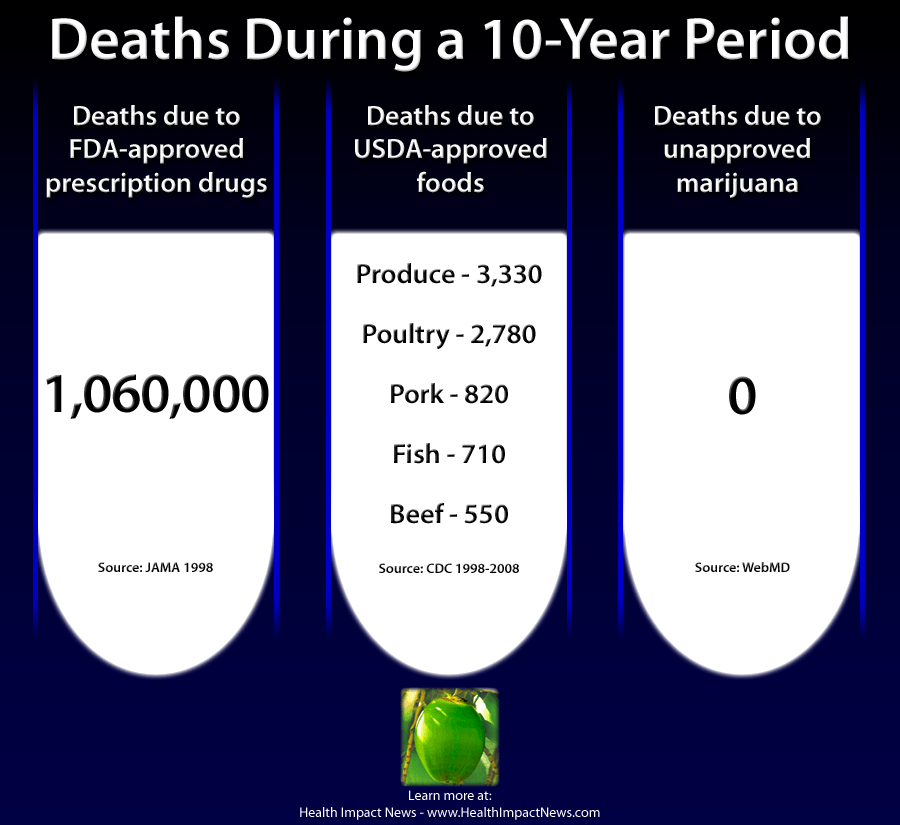
The interesting thing about cannabis is that it does not have the long list of side effects that are common to most pharmaceutical medications. In a February, 2014, workshop conducted for parents of children with epilepsy, Dr. Goldstein addressed the potential dangers of using cannabidiol, one of the key components found in cannabis, for stopping seizure activity. She stated,
“There is no fatal overdose because there are no receptors in the area of the brain where respiration is controlled…The CB2 receptors are mainly in the immune system: spleen, white blood cells, the GI system, the peripheral nervous system, bone, reproductive organs, heart.”6
This is a short summary of the findings that Dr. Goldstein shared during her presentation to parents of children with epilepsy. She points out that certain substances that are naturally produced by the human body are very similar to cannabidiol (CBD) and tetrahydrocannabinol (THC), which are found in cannabis. Specifically, there are receptor sites in the brain that respond to both the naturally produced human endocannabinoids and the substances in cannabis. These substances, whether endogenously produced by the body or supplied from a plant, can address problems with pain, memory, learning, anxiety, motor coordination, appetite, nausea and vomiting, pleasure and reward, etc.7
CBD and THC are only two of many cannabinoids found in cannabis. Researchers are looking for other naturally occurring endocannabinoids, which the body produces, to learn about how the cannabinoids in cannabis could be used to address other health conditions. Dr. Goldstein also pointed out the important role of Terpenoids, which are the essential oils in cannabis, which have anti-anxiety, anti-inflammatory and many other medicinal effects. She stated,
“All these compounds working together create an ‘entourage effect…’ I’m in favor of the whole plant. By pulling things out of it we may be losing some of the synergies. It will be great to do studies comparing whole plant extracts to single compounds.”8
Do you have to smoke cannabis to obtain the medical benefit?
Dr. Courtney is also very interested in using the entire cannabis plant for treating diseases. He has his patients consume raw cannabis in the form of a fresh vegetable juice. The juice from a fresh cannabis plant does not make a person high. Speaking of cannabis juice, Dr. Courtney states,
“In that form you can tolerate 60 times more cannabis than you can if it is heated… It is not psychoactive until humans alter it chemically… It is a dietary essential that helps all 210 cell types in the human body… The THC in the raw form is a phenomenally beneficial substance, but when it is heated, the tolerable dose drops from several hundred milligrams to 10 milligrams. The plant can do phenomenal things, but not if the dose drops to 10 milligrams. And with 10 milligrams, you stimulate the CB1 receptor you get that psychoactive affect, either dysphoria or euphoria, but you walk away from 99% of the benefits, which are bulk restructuring, intestinal function, neurological function, inflammation control, and cancer prevention.”9
Dr. Abrams, Chief of Hematology/Oncology at San Francisco General Hospital and a Professor of Medicine at the University of California, San Francisco, states,
“I do research in medical cannabis applications. If cannabis were discovered in an Amazon rainforest today, people would be clamoring to make as much use of it as they could… Unfortunately, it carries with it, you know, a long, maybe not so long, history of being a persecuted plant.”10




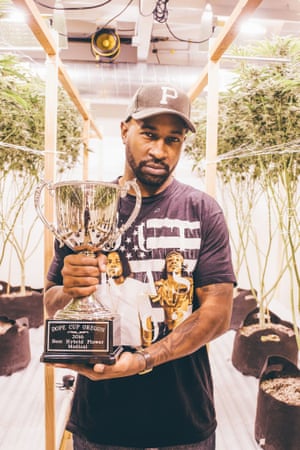



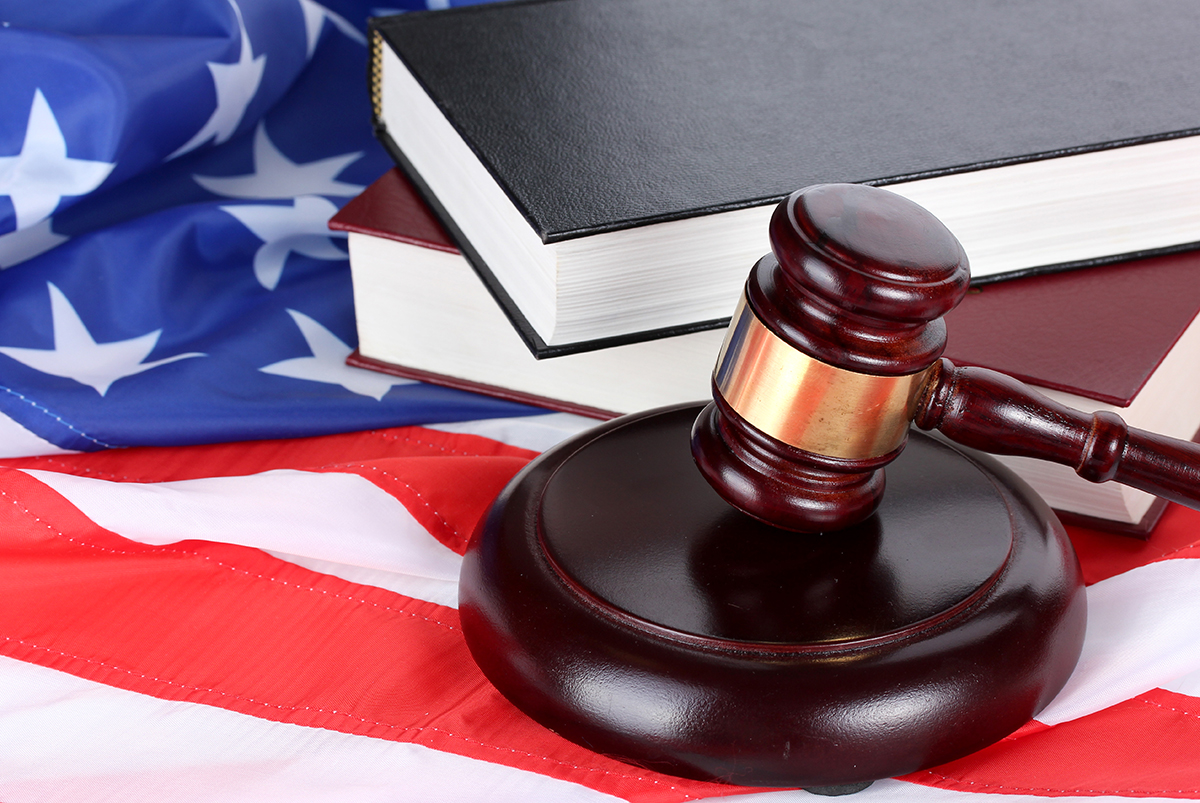
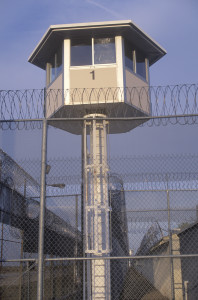

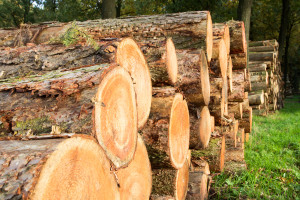
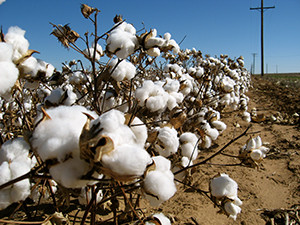
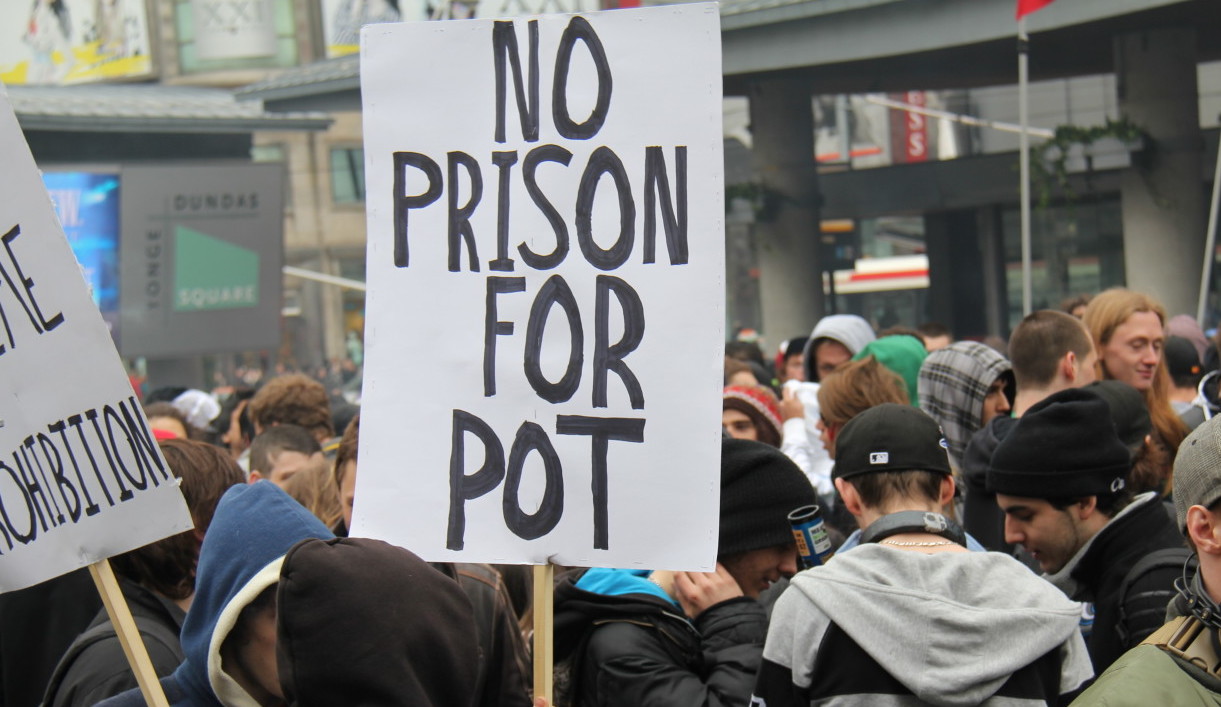
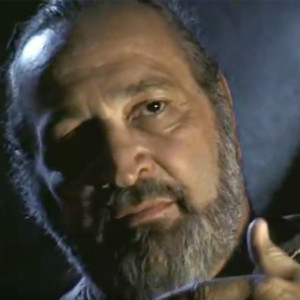











































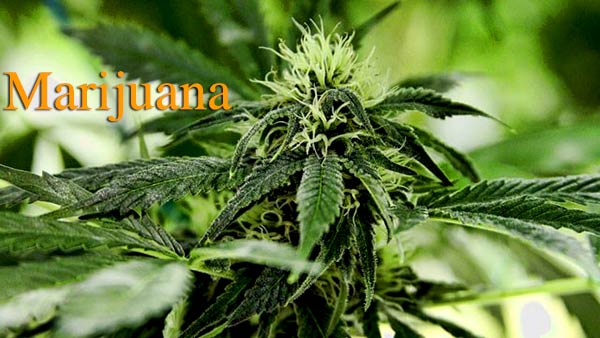
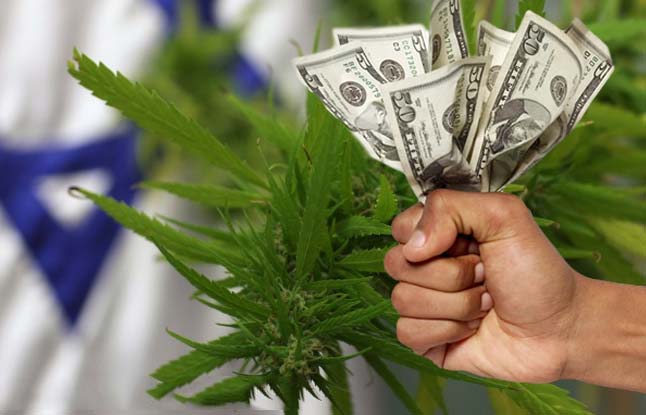




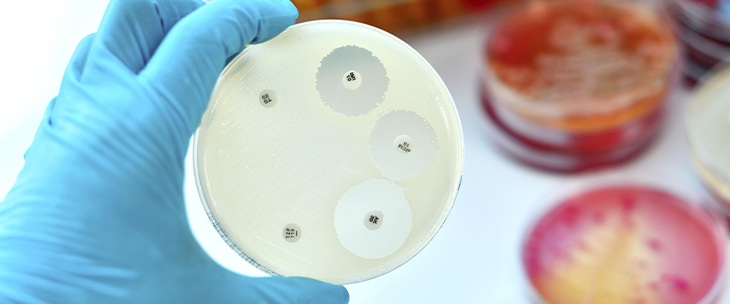
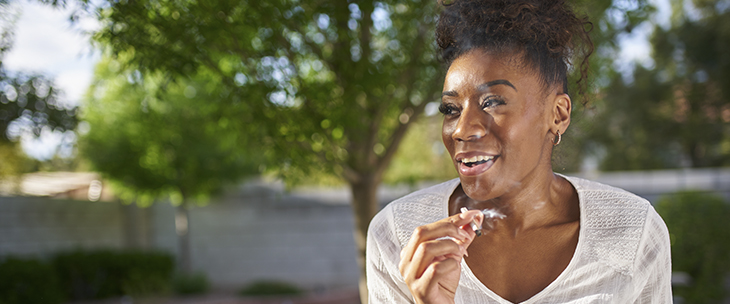
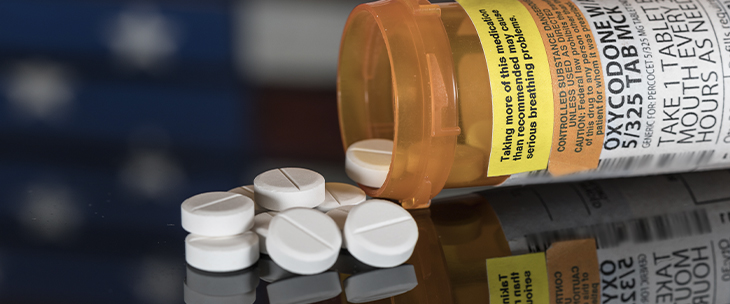

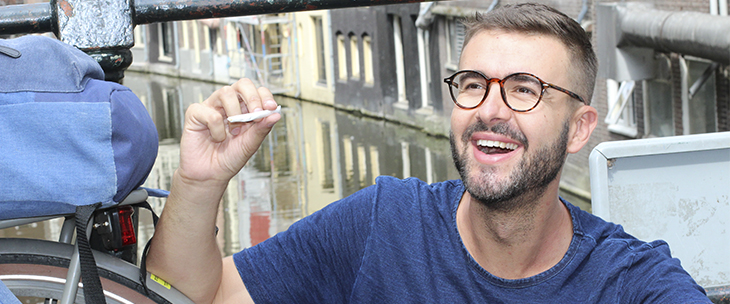
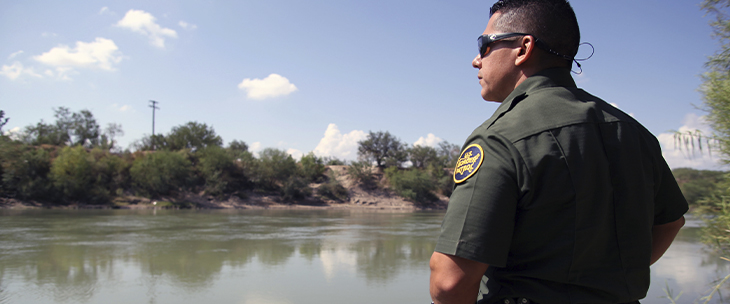
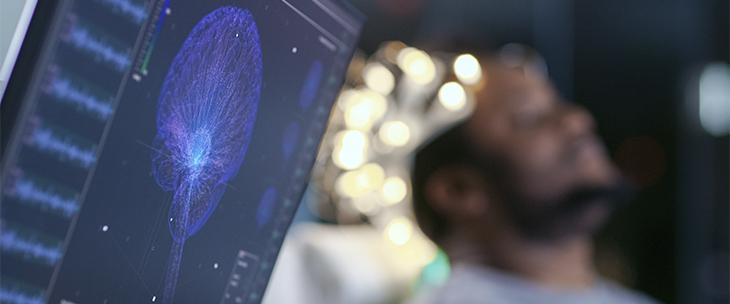
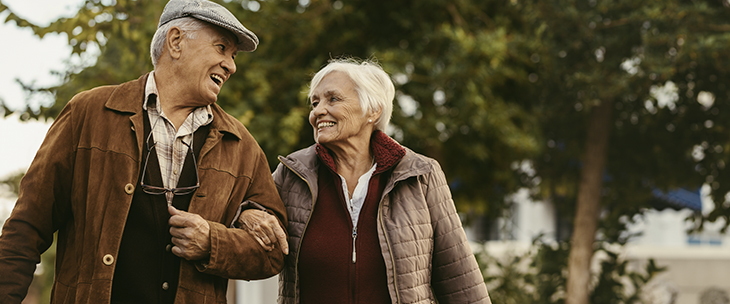
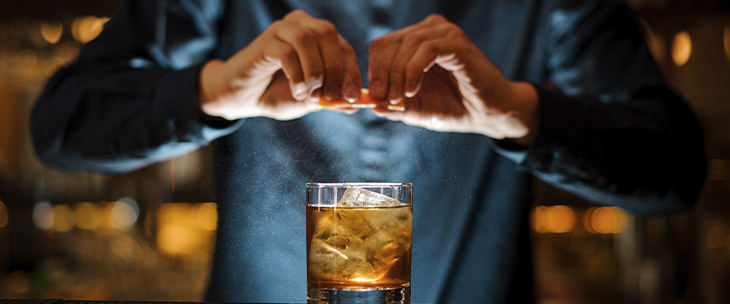


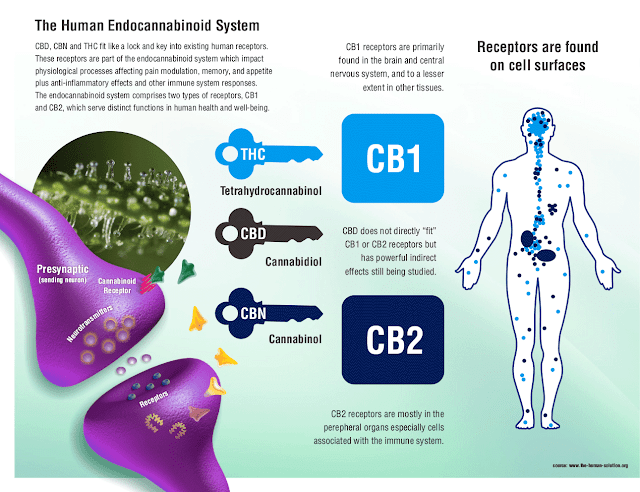
 ....
.... 